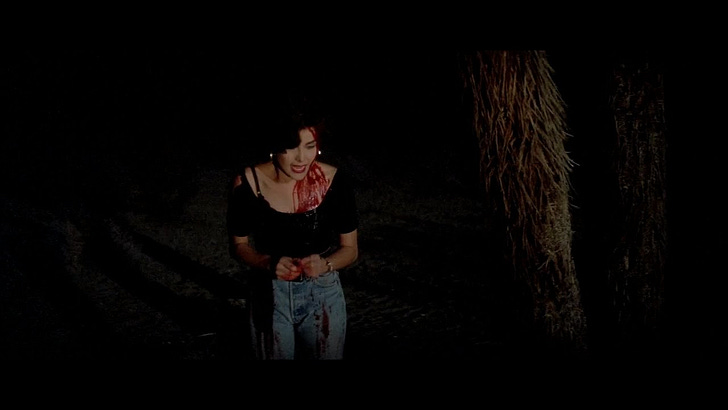Yesterday, as my friend Heather Kravas and I were driving our Prius Cs in opposite directions toward our shared destination, an exalted little coffee shop called Volunteer Park Cafe where we like to meet, we both learned of David Lynch’s death. Heather heard it from a friend and I got the news on NPR. Preceded by a snippet of Angelo Badalamenti’s unmist…
Keep reading with a 7-day free trial
Subscribe to The Junction to keep reading this post and get 7 days of free access to the full post archives.




